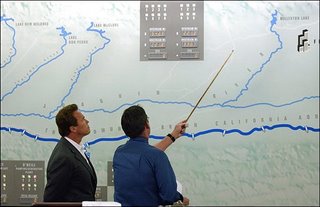According to Aldrich, an assistant professor in the political science department at Tulane University, post-Katrina New Orleans is fertile for the social phenomenon known as NIMBY ("Not In My Back Yard"). In dealing with the immediate needs for temporary housing and debris clearing--along with concerns for long-term redevelopment--citizens and civic leaders are often in conflict about the best solutions.
"New Orleans needs to bring in workers to fill jobs, but that will require new housing, often in the form of trailer parks," says Aldrich. The NIMBY mentality results from the conflict of "focused costs" and "diffused benefits." Those living within the immediate locale of a such a project typically receive less benefit and have more risk, than the portion of the community that lives farther away.
read more at Tulane's New Wave Publication











